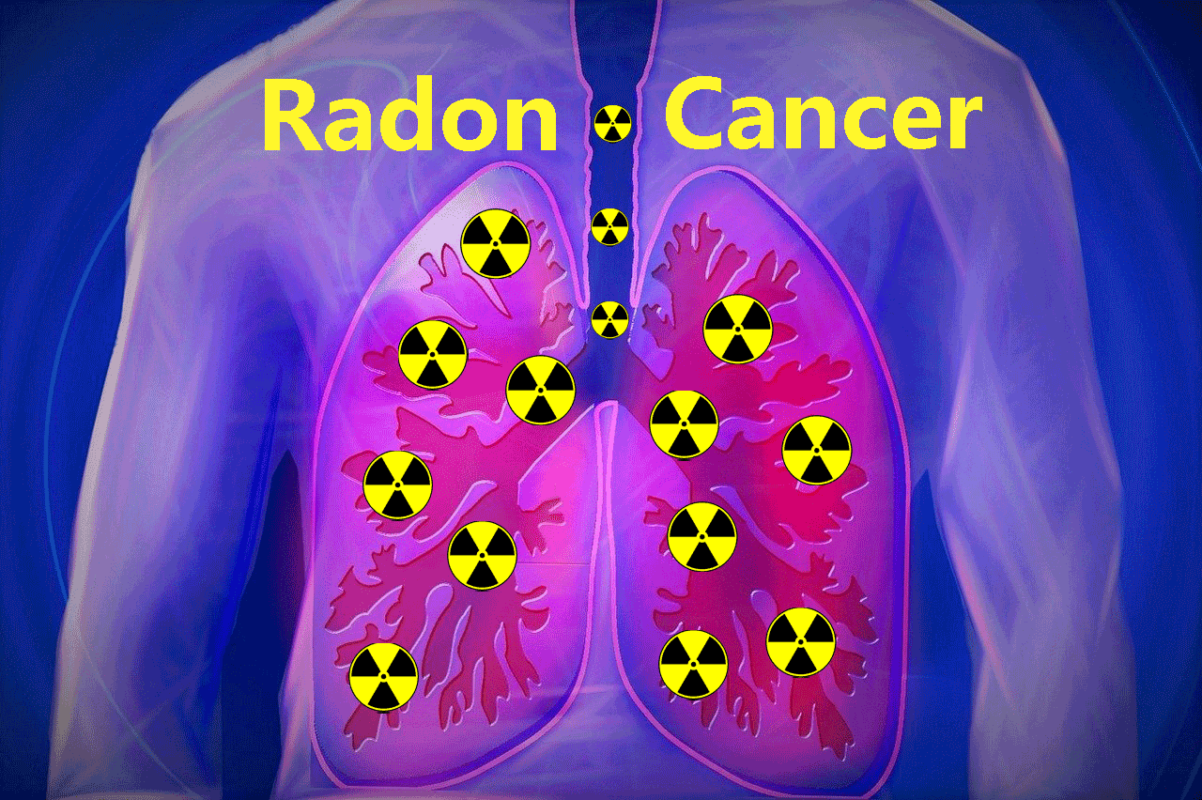Knowledge
Dose Radon Cause Cancer
Radon, a naturally occurring radioactive gas, has long been a subject of concern due to its potential health risks. One of the most significant health concerns associated with radon exposure is its link to cancer, particularly lung cancer. In this article, we explore the relationship between radon and cancer and examine the evidence supporting this connection.
Radon is formed through the radioactive decay of uranium, which is present in varying concentrations in soil, rock, and water. As radon gas is released from the ground, it can enter buildings through cracks in foundations, gaps around pipes, and other openings. Once indoors, radon can accumulate to high concentrations, posing a risk to occupants’ health through inhalation.
Numerous scientific studies have established a clear association between radon exposure and lung cancer. The primary mechanism by which radon causes cancer is through the inhalation of its radioactive decay products, which emit alpha particles. These alpha particles can damage the DNA in lung tissue, leading to mutations that may ultimately result in cancerous growths.
The risk of developing lung cancer from radon exposure depends on several factors, including the concentration of radon, the duration of exposure, and individual susceptibility. Smokers are at particularly high risk, as radon exposure combined with smoking significantly increases the likelihood of developing lung cancer.
The World Health Organization (WHO), the U.S. Environmental Protection Agency (EPA), and other health organizations recognize radon as a carcinogen, classifying it as a Group 1 carcinogen, indicating that it is known to cause cancer in humans. The EPA estimates that radon exposure is responsible for approximately 21,000 lung cancer deaths in the United States each year, making it the second leading cause of lung cancer after smoking.
Despite the well-established link between radon and lung cancer, many individuals remain unaware of the risks associated with radon exposure. Consequently, testing for radon levels in homes and other buildings is crucial for identifying potential hazards and taking appropriate measures to mitigate radon exposure.
Fortunately, there are effective strategies for reducing radon levels indoors and minimizing the associated health risks. These strategies may include sealing cracks and openings in foundations, improving ventilation, and installing radon mitigation systems such as sub-slab depressurization systems.
In conclusion, radon exposure is a significant risk factor for lung cancer, and the evidence supporting this association is robust. By raising awareness of the dangers of radon and taking proactive steps to reduce radon levels in indoor environments, we can help protect public health and prevent needless suffering from radon-induced cancers. Testing for radon and implementing mitigation measures are essential steps in safeguarding the well-being of individuals and communities.
Resource for your reference:
https://www.cancer.org/cancer/risk-prevention/radiation-exposure/radon.html



